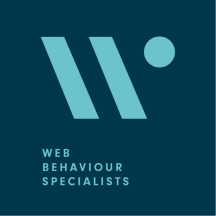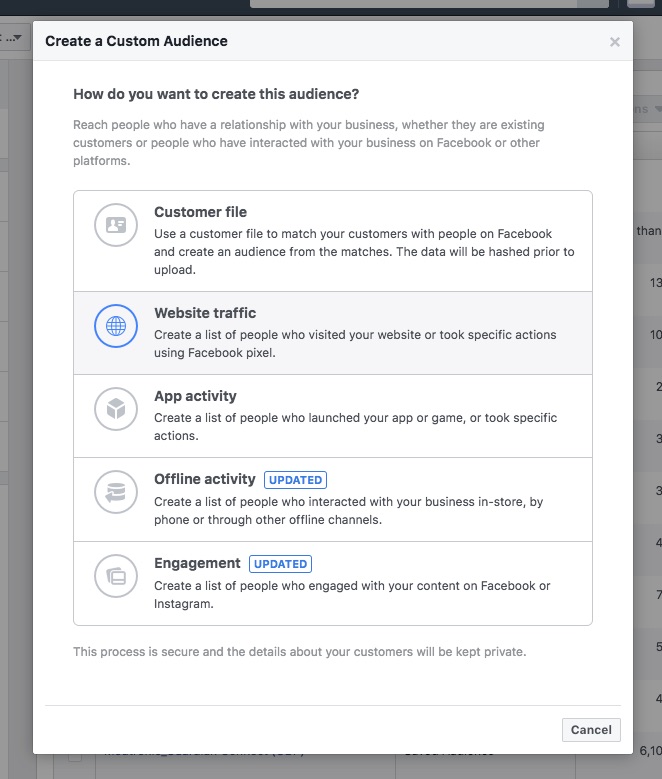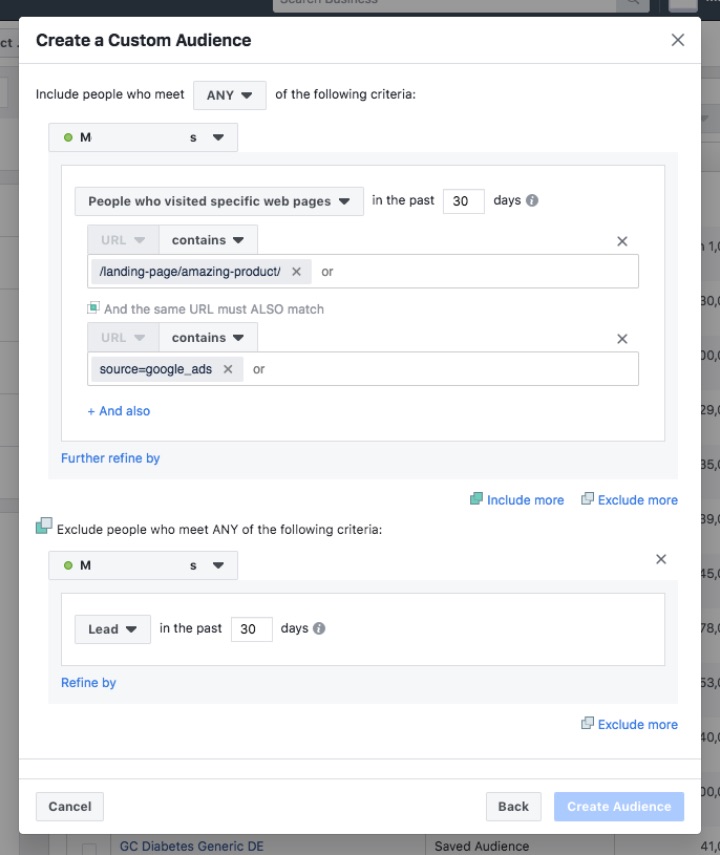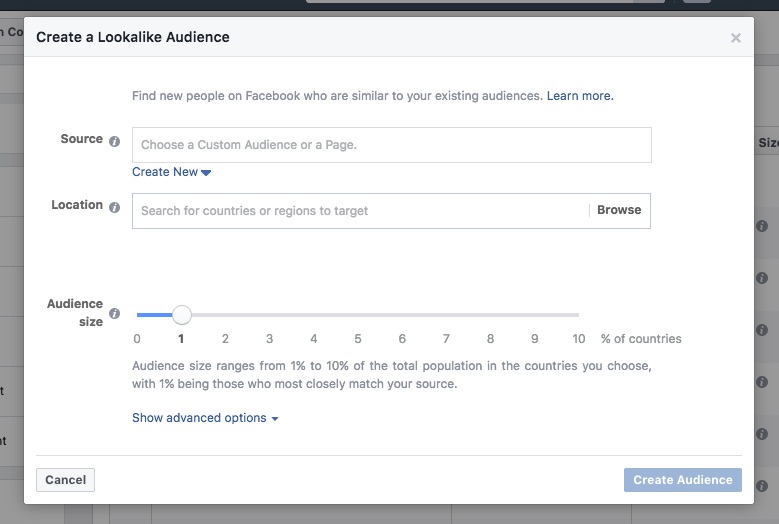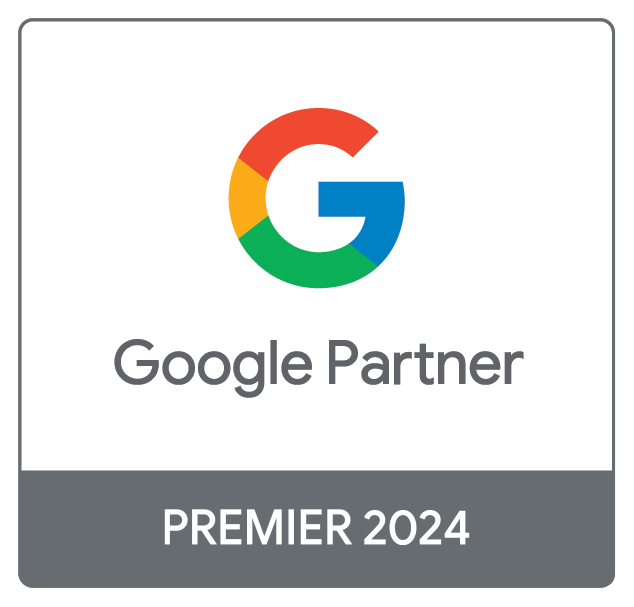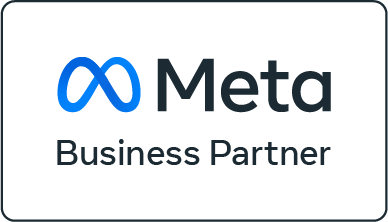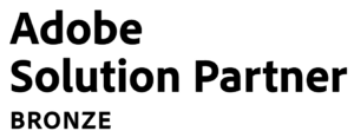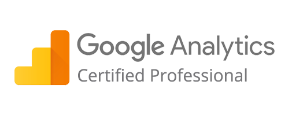Two complementary advertising tools that can be even more powerful when used together in your digital marketing strategy
Google Ads (formerly Google AdWords) and Facebook Ads are well-known advertising tools commonly used for converting users. Many think they oppose each other though here we’ll see that that is not the case.
They have different ways of attracting people, using different methodologies and approaches so we should consider using them together in our marketing strategy. They actually compliment each other very well, boosting your conversion rate and maximising your media investment.
As we know, Google Ads uses search queries and plays on users who have a specific need and ask our friend Google to fulfil it.
Facebook, on the other hand, appeal to users’ interests, who are not on a search engine but inside an app for entertainment purposes. On Facebook, we wouldn’t see ads related to what we are searching but about products we might like, triggering our curiosity and our desire to have what we see.
Read our Facebook case study!
The secret is to exploit the potential of each tool, create a synergy that has one receiving benefits from the other’s actions and vice-versa.
Let’s see 4 ways to do this.
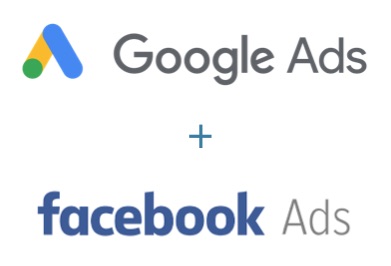
1. Arouse curiosity about the product on Facebook and convert with Google
Thanks to Facebook Ads you can access a potential audience very granularly profiled and tickle their desires with paid ads.
You’ll be surprised to see how many people search google for more information after they’ve seen your brand.
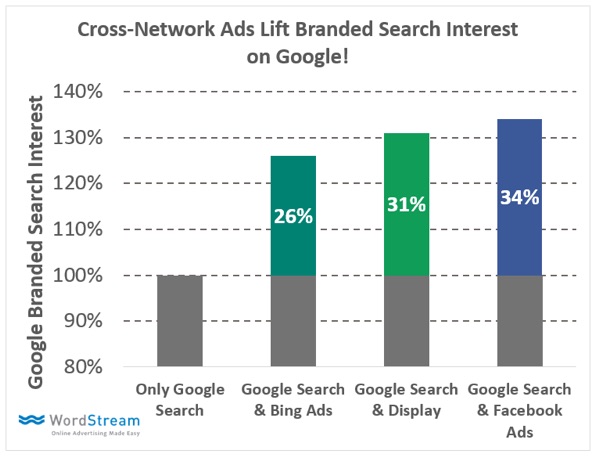
According to WordStream research, advertising on Facebook increases searches on google about products and brands by 34%.
The explanation is quite simple. Often people, instead of clicking on the ad directly, exit Facebook and search on Google for more info on the product to see if it’s really interesting to them or not.
You must always add your brand and product name as keywords in Google Ads and create matching messages between the 2 platforms. This ensures the person coming from Facebook onto Google finds the info they’re looking for. If you’ve done a good job creating the perfect match, you have a great chance of getting a new client!
2. Use the power of copy: add keywords in your Facebook Ads titles
When a Facebook campaign is made properly, people will not only have a look on Google about your brand or product, but they will search for the ad title by copying and pasting it.
This is why it’s so important to have an attractive copy that can be easily memorised.
Generate curiosity and get straight to the point, engaging with your audience. Easy to say but hard to do, we know!
3. Use remarketing: target people on Facebook who visited your website from a Google search
There are many ways of doing remarketing. Thanks to Facebook Pixel you can create customised ads and target only that group of people who have already visited your website from a Google search.
Your work can be very precise, especially if you have created multiple ad-hoc landing pages for your Google Ads campaigns.
Facebook Pixel, as a matter of fact, can track all the user’s traffic and you can reuse this information to create custom audiences, targeting the specific product the users have seen on a specific page and not just on your homepage.
Your Facebook Ad will then only reach people that are highly interested, which means the conversion rate will be higher.
4. Look for people similar to your clients
Last, but not least, is the power of a Lookalike Audience on Facebook.
With one of the very large numbers of tools that Facebook provide us on their advertising platform, it’s possible to create a Lookalike Audience using users who visited our website as the source.
What we will have is a new audience of people who have similar behaviours and interests to those who searched for our product on Google and then landed on our website. This new audience is more likely to be interested in our business and become a customer.
Conclusions
Looking at the bigger picture and changing our approach from “Google vs. Facebook” to “Google + Facebook” we will see an improvement in our overall results, especially in our conversion rate.
